Blue Yonder’s global study reveals how to deliver a better customer experience and how to overcome the challenges in meeting shoppers’ expectations.
Global research by Blue Yonder has revealed that grocery retailers’ decisions are not matching the speed of customer expectations. This has left them unable to deliver on their brand promises of ‘right price, any place, any time’ product availability. The research provides six key findings for a better understanding of how to overcome the challenges in meeting customer expectations, across all channels, without compromising profitability.
1. Coming up short on brand promises
Many retailers now market themselves as being able to deliver all products, across all platforms, all the time and at the right price. Blue Yonder’s research found that grocery retailers feel they are not matching these promises.
- 90% of the 750 grocery managers and directors interviewed confirmed they have issues meeting customer requirements.
- A quarter also commented that they have shortcomings in delivering a true omnichannel experience.
2. Frequency and speed of decision-making does not match the new clock-speed of the customer
Most retailers struggle with the speed of their decisions, leaving a void between their customers’ requirements and fulfilment.
- Nearly a third of directors in the UK said they face too many decisions each day and that they are not being made fast enough.
- One in five feel they do not deliver the product at the speed the customer expects.
Professor Michael Feindt, founder of retail predictive analytics provider Blue Yonder, says: “No retailer will survive if they do not adapt their decision-making to match the new clock-speed of the customer.”
3. Supply chains are the weak link
Many grocers feel their decision-making speed is hindered by the supply chain, where margins and inventory are lost and won.
- 33% confirmed that this is due to legacy infrastructure.
- 30% said leaner processes are needed to deliver the right balance between stock availability, waste, pricing, revenues, margins and profitability.
Feindt continues: “Grocery retail is changing and this change is being led from the front by the shopper. Retailers that cannot deliver the customer experience today’s shopper wants – whether that’s the freshest produce, the best price or the quickest delivery – will not survive. This survival is dependent on data analytics and advanced machine learning algorithms.”
4. Gut-feeling decision-making still rules, but machine learning is here
- More than 50% of grocery retailers feel decision-making speeds are slowed by too many manual decisions.
- 67% believe automation can speed up decisions.
- A full 100% of directors believe machine learning is either already changing retail, or will change the future of retail.
Making accurate decisions for pricing and replenishment on a daily basis is now impossible to do manually, yet the research highlights that gut feeling is still the dominant method for making decisions.
Retailers are not embracing the value of technologies to accurately predict and manage their replenishment needs. Grocery retailers need to ensure their customers get what they want, when they want and through whichever channel they want – relying on gut feeling is, at best, a risky strategy.
By using advanced machine learning algorithms to optimise and automate decisions, grocery retailers can ensure they deliver a first-class customer experience with product availability, without risking profitability.
- Dunja Riehemann, marketing director, Blue Yonder
To learn about Blue Yonder’s other key research findings and download the white paper, ‘Six key findings on why grocers need to speed up decision-making’, go to blue-yonder.com







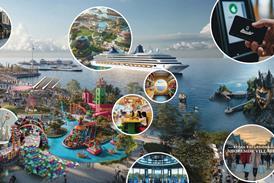





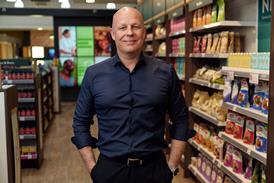
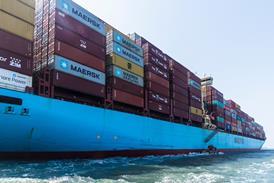



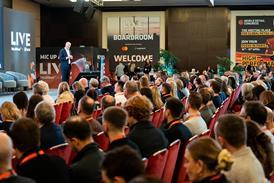







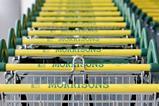

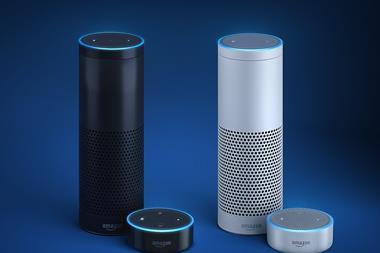

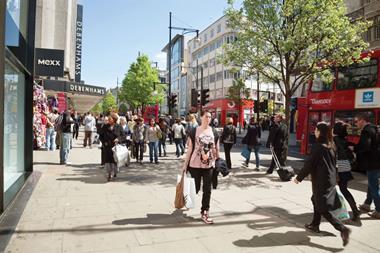
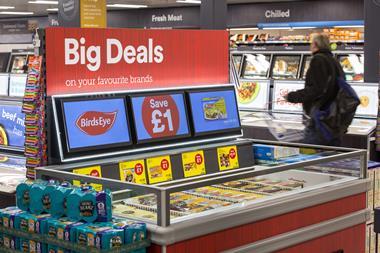

No comments yet